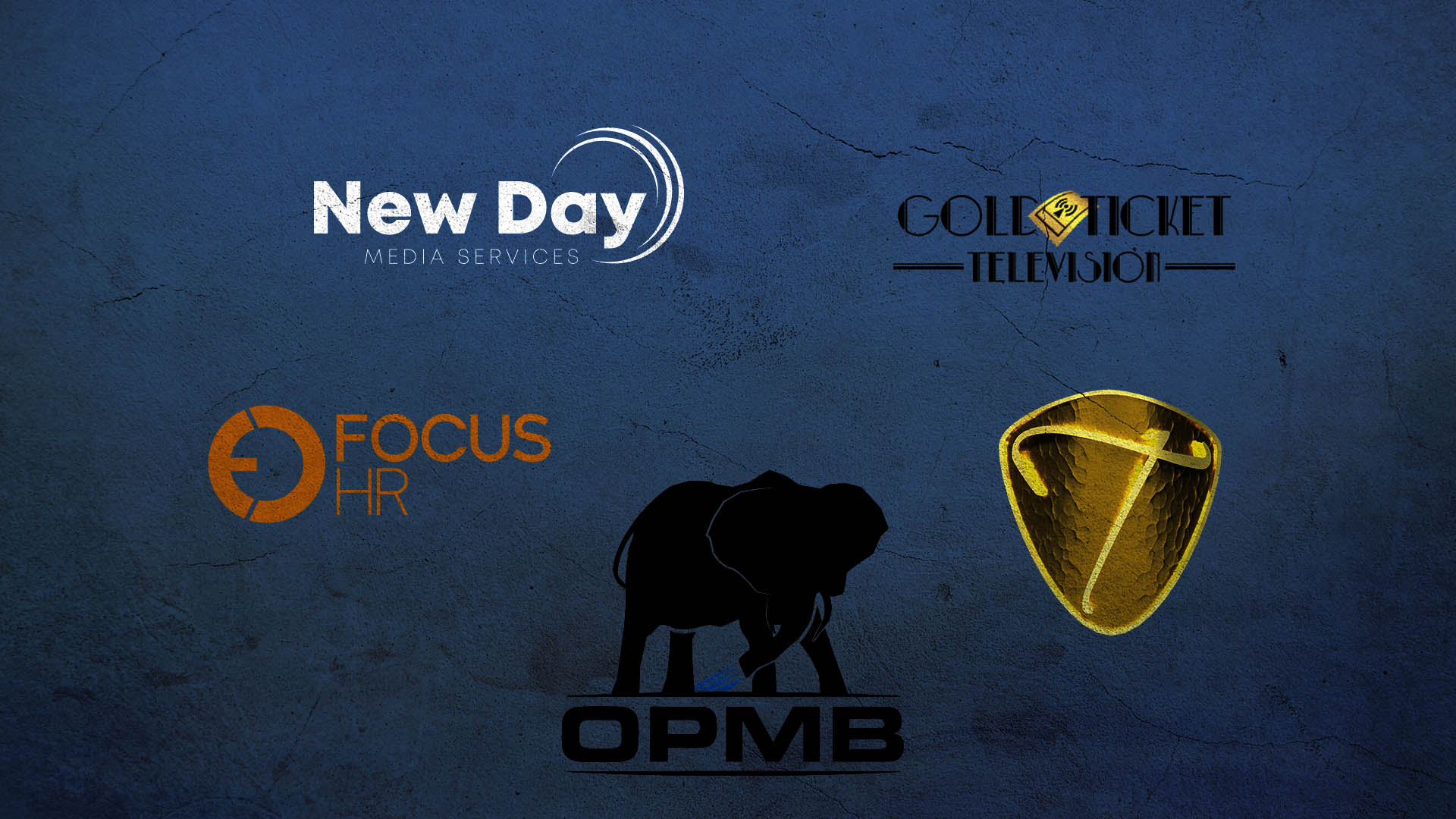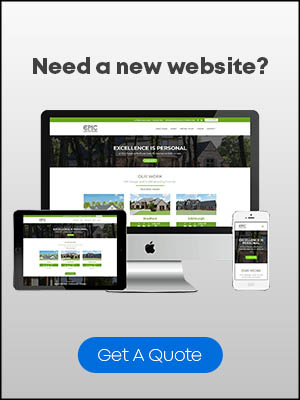“Genius is making complex ideas simple, not making simple ideas complex.” – Albert Einstein
Logo Design Made Simple
In this blog post I will discuss the various do’s and don’ts when it comes to logo design, highlighting 3 key things to keep in mind. Let’s dive right in, shall we.
In order to be successful, your logo really needs to show what your company does by doing these 3 things:
1. Stand out from the competition
2. Be easily recognizable
3. Design for your target audience
Let’s break down these 3 areas.
1. Stand out from the competition
Your logo needs to set you apart from other companies in your industry. This isn’t to say that you should go with some crazy off-the-wall design, because it should still match industry standards. For instance, let’s look at several logo examples from companies in the industrial manufacturing business, some local some global.





Let’s look at what all they have in common. All of them integrate some geometric shape, have a limited color palette, use both positive and negative space, use sans-serif typefaces, and have a clean, simple design. Notice, though, how each one is different. They each have different color palettes, visuals, some use all caps while others use both uppercase and lowercase letters, GE’s is written in cursive, etc.
Even though some of the visuals depict roughly the same thing, they are all original in their representations. GE, Midwest Machinery and United Technologies all have an abstracted fan-looking shape, but none of them are the same. GE’s logo is shaped by the negative space, while Midwest Machinery and United Technologies’ logos are shaped with positive space. Even though they have similarities, they are distinctly different in their execution.
Be different, but the same. Make sure your logo remains congruent with your industries’ design style.
2. Be easily recognizable
Your logo needs to be easily recognizable. This means, besides being able to recognize your company by your logo, it should also be recognizable no matter the size. Don’t create a logo with complex shapes and layers that muddle your logo when it is shrunk down to letterhead size. Simple concepts are easier to remember, likewise, simple designs are more memorable. Use simple shapes and typefaces that are easy on the eyes.
For example, if you’re going with a design that replaces a letter in your company name with a shape, make sure it’s still legible and obvious what that letter is. There’s no reason to make things confusing. If there’s even a small opportunity for confusion, it’s not the best solution. K.I.S.S. Keep It Simple, Stupid.

3. Design for your target audience
Know the audience that occupies your marketing space and take that into consideration with your logo design. Let me explain this with an example.
I once heard a story from a fellow designer who had a friend who got a job as a graphic designer with one of the largest grocery store chains in the nation. This chain had a well-known reputation for having very cheap looking graphics, from their logo to store signage.
This designer thought he could infiltrate and change from within, creating amazing graphics and updating the company’s image. “All they need is for someone to tell them how cheap their image looks to the public, and they’ll realize they need a change!” he thought. However, once he was on the inside, he discovered this cheap look was, you guessed it, ON PURPOSE. The company knew their target audience. They weren’t looking to compete with upscale grocery stores with deep-pocketed shoppers. They’re the bargain store. They’re “Food and Stuff,” not “Grain ‘n Simple”.

Don’t design for the wrong demographic. If you’re not a billion-dollar company marketing to other billion-dollar companies don’t create a billion-dollar logo. Know your audience and design specifically towards them.
In Conclusion
Your logo needs to communicate what your company does quickly and effectively. The more elements you incorporate, the more muddled it could get. As a general rule, when it comes to logo design, simpler is better. Now this does not mean that all simple logos are good, or even the best solution. You can “create” a logo that’s simply your company name typed out – but depending on the industry, that may not be the best solution. In fact, under some circumstances that’s flat out lazy. Do your research to see what other companies that share your market are doing with their designs, using that as a jumping off point.


